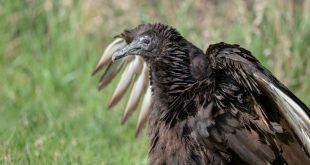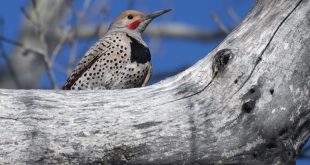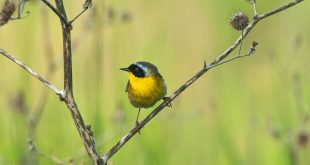In 1994, a bird species was documented in Nebraska for the first time. Additions to Nebraska’s official state list are always exciting. However, this occurrence was not a surprise because the species, the White-winged Dove, had been increasing in numbers and expanding its range for some time. White-winged Doves historically were found in the U.S. only in the Southwest in states such as Texas, New Mexico and Arizona. After the initial Nebraska record, reports increased. By 2001, there were a total of eight Nebraska reports (one of which was back in 1988, but it was not accepted the Nebraska Ornithologists’ Union Records Committee). The increase in reports continued and accelerated in the 2000s. In 2005, White-winged Doves were documented breeding in the state for the first time in Albion. Two years later, breeding was recorded in Lincoln. There have also been other reports, in towns like Chadron and Grand Island, where more than one bird and behavior suggestive of breeding was observed. Breeding was possible, if not likely, in those instances, but firm evidence was not acquired. There were at least a dozen White-winged Dove reports in 2013 and already in 2014 there are at least six reports. One of those reports was from the University of Nebraska-Kearney campus where Robin Harding confirmed Nebraska’s third breeding record when she spotted a pair of adults and two young juvenile White-winged Doves on 10 July. I stopped by the locale on 14 July and snapped a photo of a young juvenile White-winged Dove.
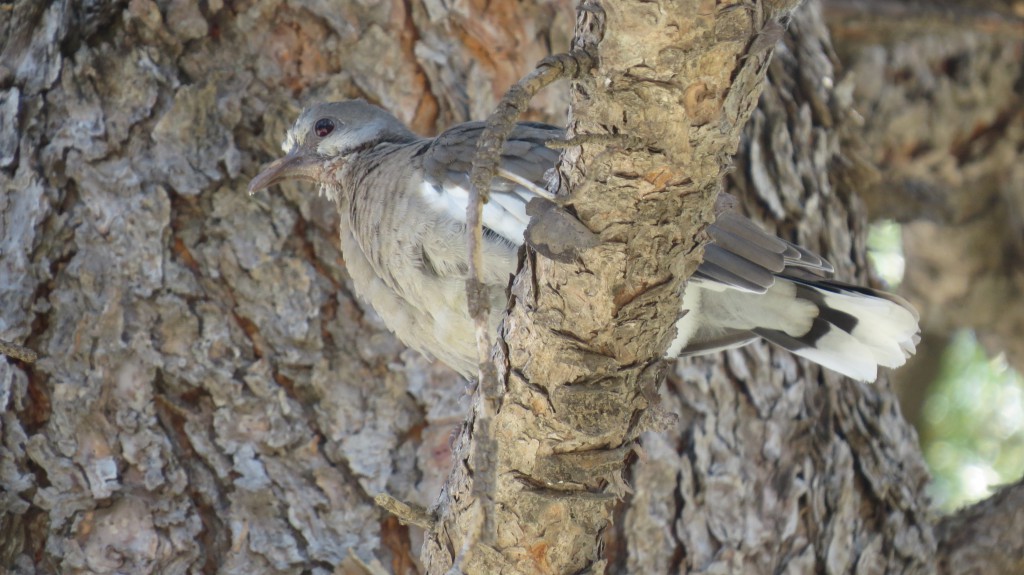
Nebraska has two other common dove species. The native Mourning Dove and another newcomer, the Eurasian Collared-Dove. White-winged Doves can be distinguished from the two other dove species by their prominent white wing patch and their “who-cooks-for-you” call, in addition to other field marks. Like other doves, White-winged Doves inhabit human-dominated habitats. In Nebraska, they are most often found in suburban environments and will readily visit bird feeding stations. They can show up just about anywhere, but most reports are from southwest Nebraska. This is not a surprise since this region of Nebraska is closest to the species’ core range.
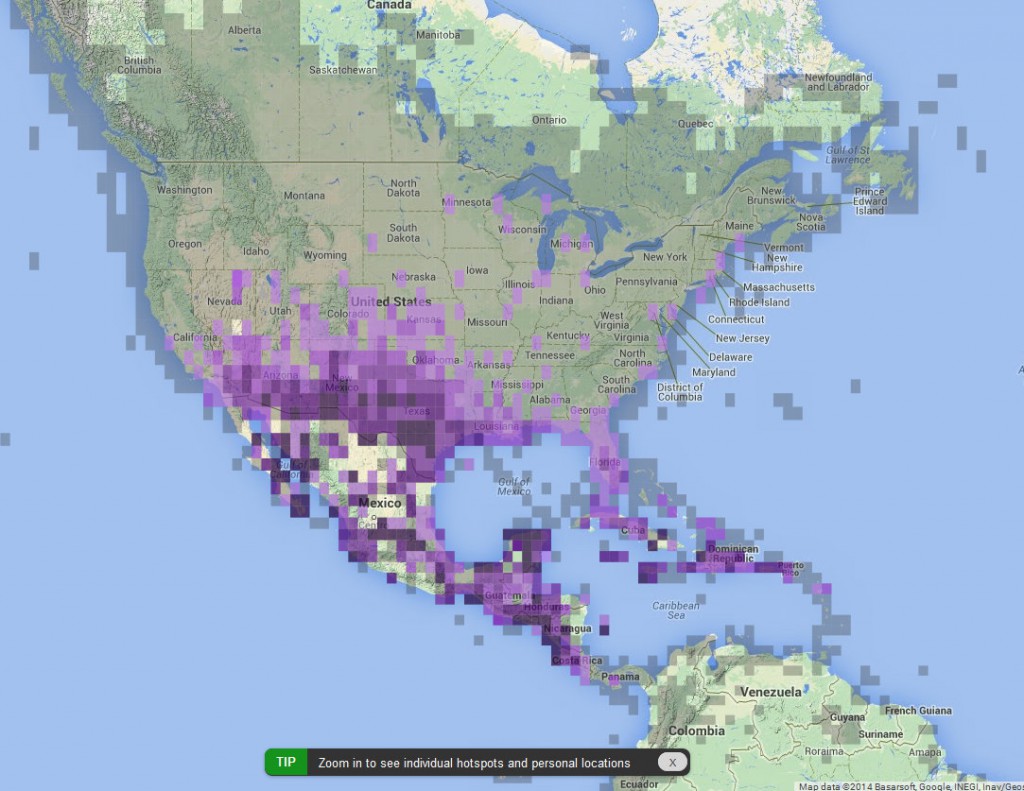
It is almost certain that many White-winged Doves go unreported in Nebraska. So, this blog also includes a request. If you observed a White-winged Dove in Nebraska or currently have one visiting your yard, drop me a line with a few details (location, date, how many birds) at joel.jorgensen@nebraska.gov. If you have a photo, send that along, too. Photo documentation is always helpful and leaves no doubt about identification. Not sure whether you have a White-winged Dove, perhaps reviewing the following video will help.
Sooner or later, you may see, hear or harvest this species in Nebraska. Happy dove watching and good birding!
 Nebraskaland Magazine
Nebraskaland Magazine

